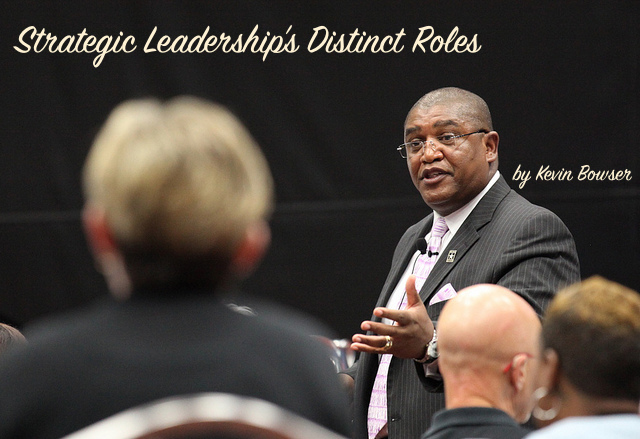What kind of leader are you? Are you a Guide? Or are you an Explorer? Are both of these leaders with just different skill sets? What is the difference?
A Guide — A guide is someone who has been down this particular path before. They probably have been this way before many times. They have gotten really good at navigating the simplest, safest, and best route for folks to follow. A guide has specific experience related to the specific journey on which you find yourself. They have been where you want to go. They have returned to where you are. And they are now ready to go again and brave the same dangers and traverse the same rough terrain that beckons you.
Guides carry a huge responsibility. Often they are responsible for the life and welfare of the folks who put their trust in them. But folks are willing to trust them because they have a proven track record in the particular journey that needs to be undertaken.
An Explorer — An explorer is a brave individual to be sure. In fact, they may very well be a
Click here to read the rest of the article »












